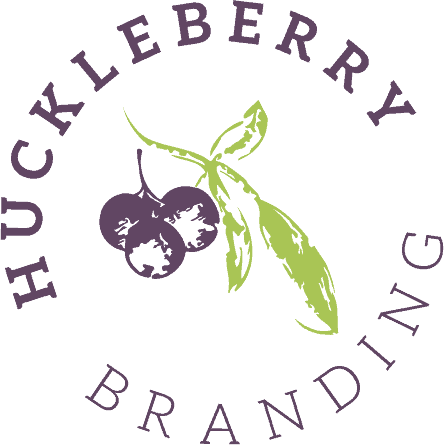How does content marketing differ from blogging?
This is a question we get fairly frequently here at Huckleberry Branding. “Content marketing? Why do I need that? I already have a blog.”
While a blog is an integral part of a content marketing strategy, effective content marketing is very specific, strategic, and employs far more industry knowledge and expertise than simply writing updates on a digital journal.
Content Marketing Institute defines content marketing as “the marketing and business process for creating and distributing relevant and valuable content to attract, acquire, and engage a clearly defined and understood target audience – with the objective of driving profitable customer action.”
The key words there are marketing and target audience.
Content marketing goes beyond your basic blog.
Blog posts are indeed content, but basic blog posts typically do not take into consideration a specific target audience. Instead, they are simply written, thrown into the tumultuous sea of social media, and often drowned by the overload of information streaming through every minute of every day.
Like any marketing strategy, good content marketing looks at facts, data, and proven best practices to engage your target audience. You can’t appeal to everyone and everything. Trying to do so will thin out resources and waste valuable time and money better used seeking out your ideal client. After all, that is the end goal of any business engagement strategy: to engage and acquire customers. You want to engage with people that will connect to your
brand, product, or service and who are most likely to become paying customers. To do that, you need to capture their attention. Content marketing does just that.
Content marketing may incorporate strong, sharable blog posts, but those posts often require advanced knowledge of keywords, SEO strategy, and social media outreach to make a splash. Content marketing also expands well beyond blog posts, utilizing content best suited for your specific market. For example, a visually-driven strategy for a clothing brand would naturally incorporate strong visual elements like great photography or graphics. We may then share that content on visually-driven platforms like Instagram, Pinterest, and Tumblr.
Build and they will come no longer applies.
If you’re targeting a niche audience, you go where your audience goes, especially if that group is somewhat harder to track down. For example, if looking to engage a subgroup of geek culture such as fans of the The Flash series, content might be shared on Twitter using the hashtags #TheFlash and #DCComics, but it may also be shared on Reddit, Tumblr, and Facebook fan pages. By contrast, a blog post such as this on marketing services and strategies is best shared on Twitter, Facebook, LinkedIn, and other more business-oriented sites. It’s especially helpful to further narrow down your audience by sharing within a LinkedIn group specific to, say, marketing professionals, small businesses, or others we intend to read this post.
A good content marketing strategy then gauges the effectiveness of these campaigns by tracking analytics. We take what works best and continue or expand those elements of the plan. We also eliminate ineffective or wasteful measures to better engage your target audience, thus making the most of your time and money while obtaining maximum impact.
If you have questions about content marketing, email us at [email protected] or call 615-592-6191.


